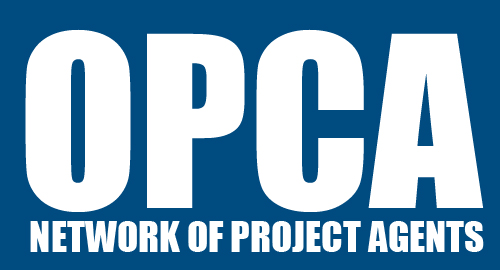Original news was published on 17 June, 2014
Signet Arcturus, a 105’ x 38’ Z-Drive, designed by Robert Allan Ltd. of Vancouver, British Columbia was delivered by Patti Marine Enterprises of Pensacola, Florida on May 25, 2014.
Signet Arcturus is powered by two Caterpillar model C175-16 main engines, each rated 3417 BHP at 1800 RPM. The engines are coupled to two Rolls-Royce US 255 CP azimuth thrusters via carbon fiber shafting, providing thrust for ABS certified sustained bollard pull of 83.45 metric tonnes. All Caterpillar mains and John Deere 6068TFM76 generator engines aboard the vessel are U.S. EPA Tier 3 certified for reduced emissions.
Joseph W. Dahl, Vice President, Signet Maritime said: “this technologically advanced newbuild complements Signet’s offshore towing, rig escort and subsea expansion.”
Signet Arcturus will be joined by her sister, Signet Polaris, a second ocean towing tractor tug, scheduled for delivery later this month from Patti Marine. Both tugs will be based at Signet’s Ocean Towing Division in Port Fourchon, Louisiana for service to the offshore energy industry.
Further, Dahl said, “bundling the controllable pitch propeller (CPP) tractor technology with the brute strength of SIGNET WARHORSE tugs will provide our customers the best of both worlds in strength and agility.”
The vessel is equipped with fire resistant wheelhouse windows for servicing LNG and drilling platforms to ensure safety of the crew in case of fire hazard. It is USCG Inspected and is certified ABS International Air Pollution Prevention, International Oil Pollution Prevention and International Energy Efficiency for environmental compliance.
Deck machinery includes a Markey model DEPCF-52S, 75 HP electric bow winch and Markey model TESD-34, 100 HP electric double-drum towing winch. The bow winch contains 650 feet of 3-inch diameter synthetic line and the towing winch contains 2 ¼” x 2500’ tow wire and one 2 ¼” x 1500’ tow wire. Signet Arcturus is ABS Maltese Cross A1, towing vessel, escort vessel, fire fighting vessel class 1, Maltese Cross AMS.
With the inclusion of the Arcturus and the Polaris the Offshore Towing Division has increased its fleet to ten OTVs, equipping Signet to provide energy service companies with high bollard pull towing and marine movements from harbor to offshore throughout the Gulf of Mexico.
*NEWS SOURCE

